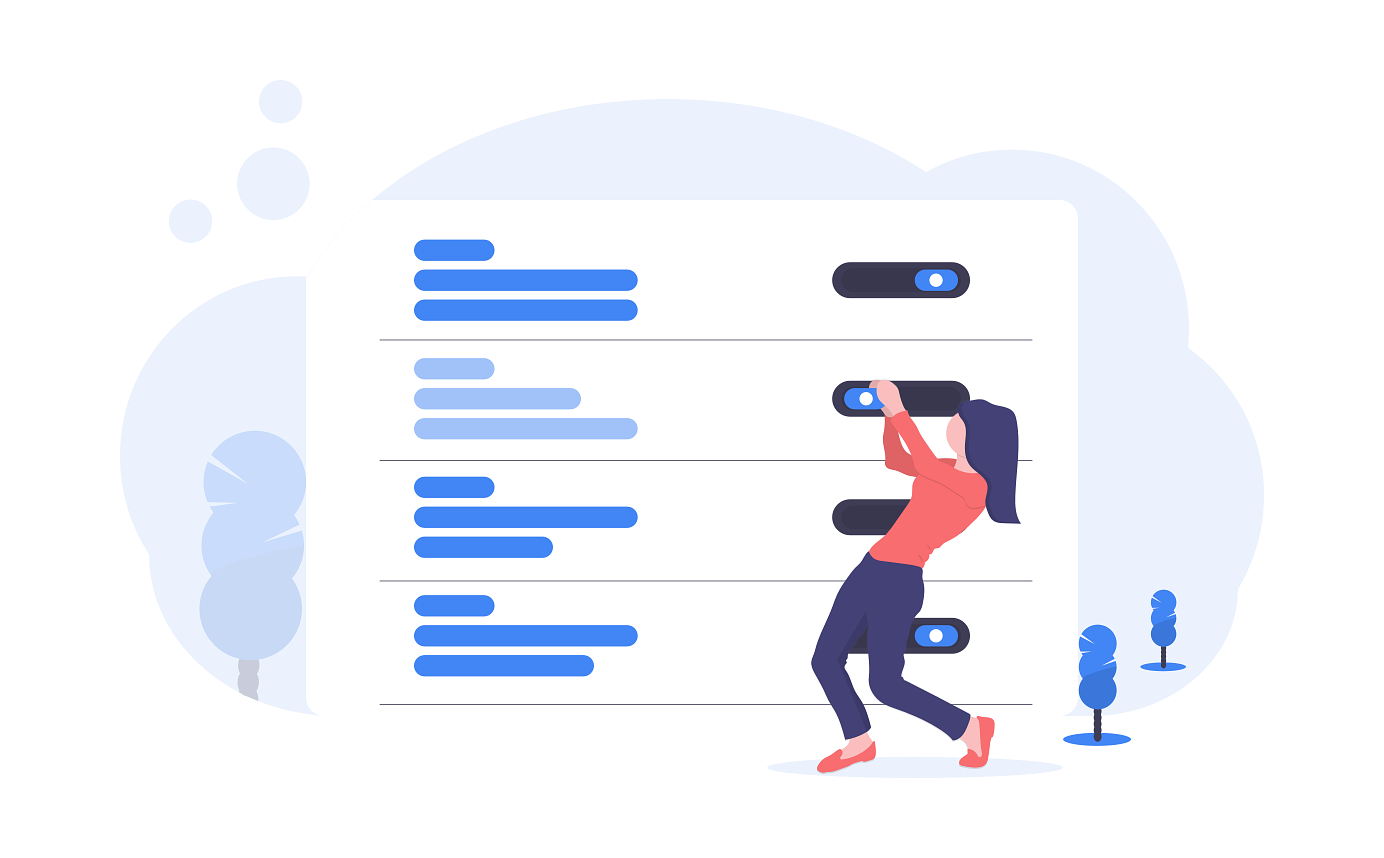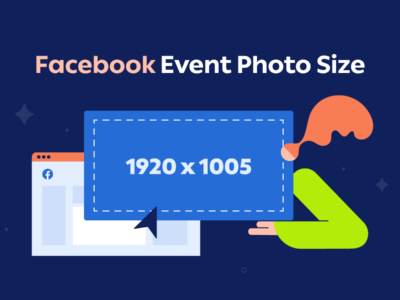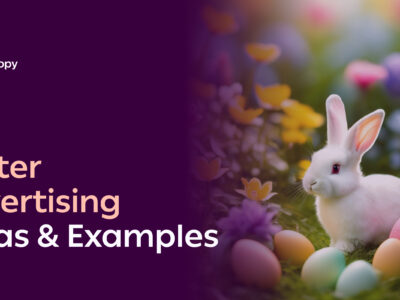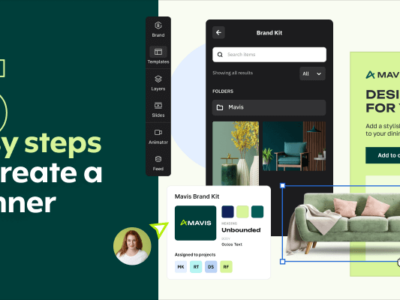Modern marketing revolves around one big concept – the customer. Every single theory that defines today’s marketing includes references towards a more personal approach and a personalized customer experience.
Now, we can’t talk about a customer-oriented strategy without having to mention the concept of buyer persona.
In this article, we’ll see what defines a buyer persona and why brands should use it as a main pillar in their strategies.
Moreover, we’ll go through a concept-usage comparison, so you will be able to learn how to use buyer persona in practice. Ready? Let’s get to it!
A. What is buyer persona in customer-centric marketing?
A buyer persona is a marketing instrument that helps businesses and brands define their target audience to build a more custom brand experience and dedicated customer journeys. A buyer persona is:
- An imaginary character that represents the ideal customer of the brand
- Defined by broad market research and authentic data
- The impersonation of your real customers’ behavior.
The persona definition includes much more than just an external description of your buyer, but it should consist of valuable insights regarding their values, concerns, their definition of success, their drive, their personal view of your brand, key personality points, attitudes, decision behavior patterns, and other personal information. You know what they say, the more, the merrier. The more knowledge you have about your customers, the easier it will be for you to adopt a more personal marketing strategy.
Long story short, defining your buyer personas highlights certain market segments and contours a particular type of buyer. Thus, making it easier for you to focus on the right message and strategy for each segment to the point where you build individual custom buyer journeys. The whole point of these techniques is efficient targeting and developing a closer brand-buyer relationship.
Customer obsession

Buyer persona is the foundation of inbound marketing, being a central piece in a solid strategy, focused on customer obsession. We’ve all heard about it, the one and only Amazon’s customer obsession, which is supposedly the key strategy to success.
Starting its business back in 1994, Amazon became the third most valuable company in the world, and, as they state, it’s all thanks to their core value.
“Leaders start with the customer and work backwards. They work vigorously to earn and keep customer trust. Although leaders pay attention to competitors, they obsess over customers.”
I was almost three years old when Amazon appeared on the market. As I grew older, I felt like the brand grew with me. I was always passionate about fashion, but somehow, I ended up studying something else in return. However, three years ago I decided to change my life entirely and go for what I always wanted. So I created my own online fashion store. It was small at first, as are all businesses in the beginning. I didn’t know which way to go, what do I want to sell, who do I want to sell to. So instead of focusing on the product, I turned 180 degrees and took a look at…customers. As the great Amazon theory states, real brands start by peaking at their clients.
I started doing a little research about what this customer obsession theory and what it is based on. Of course, there’s no such thing as a perfect recipe for applying this theory in real life branding. However, there are two points that I’ve learned:
- all actions or methods meant to broaden your knowledge about your target audience play an essential role
- this process is ongoing, as is the market and your audience is in constant change.
** For the purpose of this series of articles being explanatory and more suggestive, we’ll further talk about a demo brand. Also, we will analyze the brand, check its personas and see how the buyer persona should be applied in a marketing scenario.
So, let’s call it Style Society and the slogan for it will be: Simply Sophisticated. This brand is meant to inspire both women and men to find their own style and choose clothes that reflect their personality. The only thing I needed was to define my audience. Who was I selling to? All the women and men on the planet? That’s not possible. That’s not realistic and not even right. A basic advertising theory states “a product for everyone is a product for no one”. And so I decided to define my audience. One of the most famous, as well as efficient instruments is the buyer persona.
B. 3 Reasons why buyer persona is important in your targeting
1. Personalized customer experience/journey

While the battle for people’s hearts is constant and fiercer than ever, you have to understand that micro-moments are the ones that push a person to convert. When people search for products, they usually look at a particular type of product. One that would not only fulfill their needs but also understand them. A buyer persona does exactly that. It makes you understand your customers and potential ones, as well as their way of thinking.
Of course, a personalized customer experience is very much influenced by cookies and events. Their primary purpose is to store specific data about the customer’s interaction with certain websites or products, thus drifting their path into what interests them the most. Long story short, they help create a uniquely tailored experience for each customer, making them feel one of a kind.
Building strong buyer personas will help you be consistent in your approach and gain more quality leads as you continue to be persistent in your communication. There’s nothing the customer loves more than the feeling of being understood and appreciated: the feeling that you get them, and their values, struggles and vision.
2. Competitive advantage
Let’s say both you and your competitor are actually selling the same product. A simple black T-shirt. Even if we’re talking about basically the same product, same style, same material. Still, the customer will make his/her decision based on how the product is presented. And I’m not talking about fake products. It’s as simple as comparing two apples. Which one will you pick? The one that says what you want to hear, or the one that is promising everything, except for what you want to hear.
So, there you go! If you know your customer well, there is a better chance you will know how to communicate with them, understand them and talk their “language”. And language is a great word to define this. Knowing your clients’ language gives you a huge competitive advantage.
3. Boost ROI
I’m not going to lie; building your buyer persona is a time-consuming process. But getting to know your customers is not very expensive. It takes time and effort, but you’ll be amazed to find that your customers are actually very open to this kind of communication. Every customer, ok, maybe not every customer, but most customers are very open to talk about their experience with the brand and how they feel about it. So, don’t be afraid to ask. The only problem here is that most brands think they already know their users when their actual users are continually changing their preferences, lifestyle, priorities, etc.
Building your customer persona will be a great guideline into enhancing your user experience. User experience means anything from UX design to content, the relevance of the message to the user, the tone of voice and so on.
The rule is simple; if you give users what they want, there’s a better chance of them purchasing your service or product, thus increasing your profit.
The importance of the buyer persona concept in brand strategy is more than obvious. However, the process is extensive and the efforts towards this should be constant and ongoing. Keep an eye on us to find out how to create your buyer personas and maximizing online conversions with user targeted display ads. More soon!






